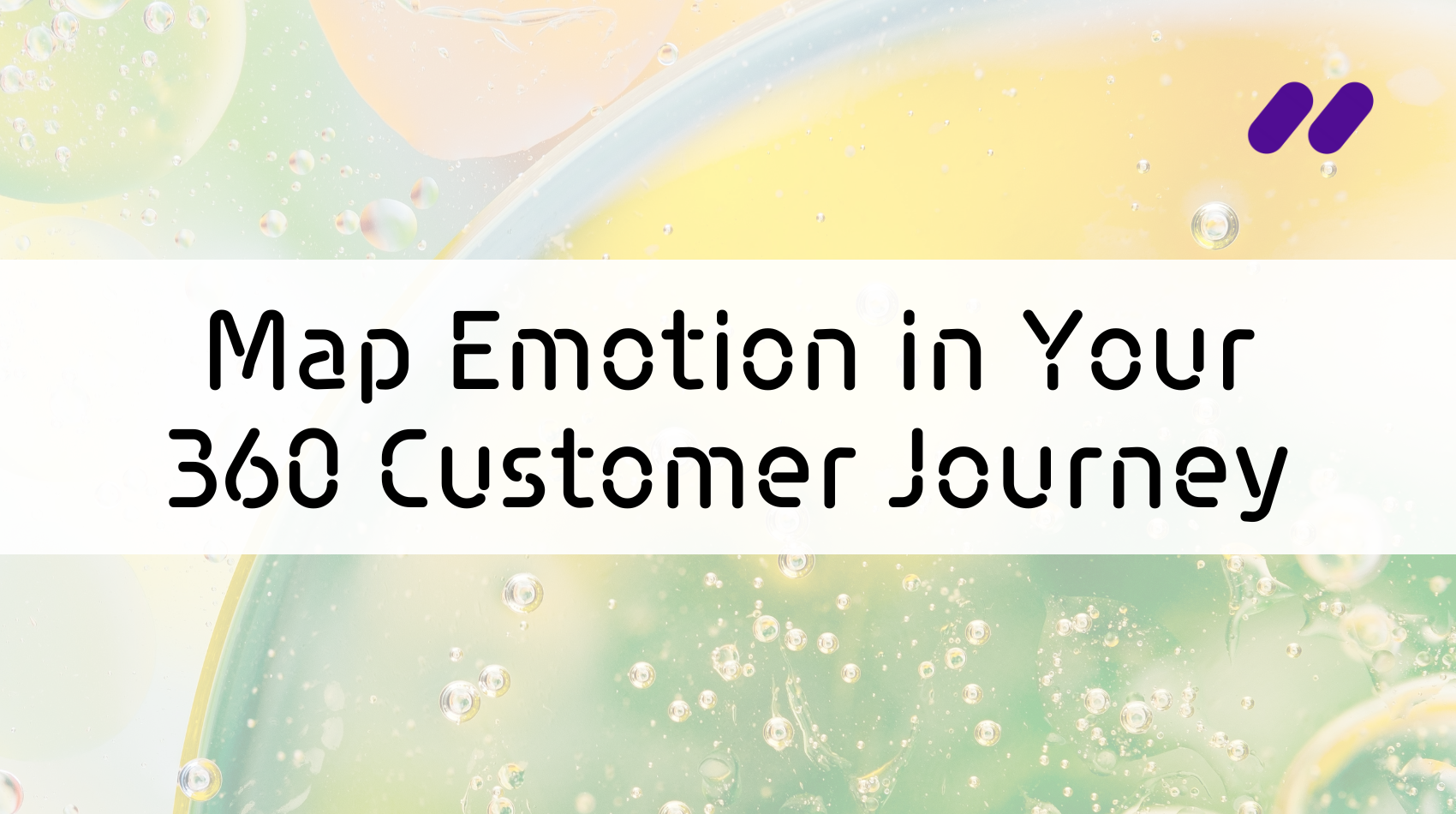Customer fatigue is real. As many brands experience drops in sales and consequently search for new ways to connect with customers and build loyalty, they are starting to listen more and more to the dialogue that happens online in customer reviews.
With 91% of people regularly or occasionally reading online reviews and 84% trusting them as much as a personal recommendation, there’s no doubt that online reviews impact customers’ purchase decisions and affect brand reputation. Quality products and services combined with persuasive marketing is no longer enough. Today, brands have to create empathy as a core part of the customer experience. And that starts with mapping emotion throughout the customer journey by analyzing reviews, surveys, chats, call transcripts, social media, and support tickets.
91% of people regularly or occasionally read online reviews and 84% trust them as much as a personal recommendation.
Customer reviews, when understood as a vast and varied source of quantitative and qualitative customer feedback data, hold the answers to questions about customer behavior and psychology that can point the way forward for your brand. Analyzing that customer feedback through the lens of sentiment analysis enables you to collect actionable business intelligence.
1. Why do people write customer reviews?
It’s been said that the future of retail is in customer experience, including personalization of products and services and relationship building between brands and customers that reinforces loyalty. Essential to both is listening to customers and acting on what they have to say. Every customer who posts a review wants to be heard, by the brand they’re reviewing and by their peers. Many want someone to take action: either the brand to make a change or other customers to buy or avoid a product or service.
Customer reviews typically cover one or more areas:
- Personal experience with a product or service
- Characteristics and quality of a product or service
- Value for money
- Customer service and customer care
- Shipping times and quality
Look deeper and you’ll see that each review reflects a customer’s character, psychology, and an opinion that blends the emotional and intuitive with facts and logic, showing that the two are not exclusive. While this is a very human form of expression, AI-based text analytics is able to capture these emotions very well. For instance, sentiment analysis with Keatext goes beyond positive, negative, and neutral sentiment and identifies questions and suggestions from customers that can better inform what you do next.
2. How do reviews impact the customer journey?
The future of retail is in customer experience, including personalization of products and services and relationship building between brands and customers that reinforces loyalty.
Reading through reviews has become an essential part the customer journey towards purchasing. Psychologically, we place value on the opinions and behaviours of others and often make decisions based other people’s decisions.
Customers see other reviews as personal testimony. When reading customer reviews, a dialogue opens between reader and reviewer and, less directly, between brand and reviewer. Readers look through a small window into another person’s psychology as they offer their story, however short, about a product or service. Reviews let us imagine the experience of a product or service, a process of “affective forecasting” that impacts decision making.
The stories that customers tell create a more personal connection between storyteller and reader. That human connection is persuasive in a different way than the persuasion of marketing and branding language. Reviews represent multiple perspectives of “real people” who are seen as more impartial than any information offered by a brand.
Reviews and ratings in the retail industry reflect opinions that aren’t so closely tied to the poster’s reputation, which adds an element credibility. An exception is with influencers or other reviewers who have received products or services at no cost for marketing purposes. Review sites like Sephora have added options for customers to reveal this fact in order to assess the review with that in mind.
Reviews come at such an early touchpoint in the customer journey that it’s critical to understand what’s happening in your reviews. Otherwise, bad customer experience management can lead your brand down a less-than-ideal path. That’s where sentiment analysis comes in.
3. What can you learn from sentiment analysis of reviews?
The stories that customers tell create a more personal connection between storyteller and reader. That human connection is persuasive in a different way than the persuasion of marketing and branding language.
Sentiment analysis brings a level of emotional understanding into your customer insights, like root causes of negative reviews and user-generated content. Let’s take a look at a little case study to demonstrate how sentiment analysis works.
From analyzing millions of reviews and survey results, Proven Skin Care created their groundbreaking Skin Genome Project database, which is how the company tailors its product recommendations to customers’ unique needs. Data leads the brand and its marketing.
Branded as a holistic and scientific skin care company that looks at a customer’s lifestyle, environment, and genetics to formulate a unique skin care regimen for them, Proven Skin Care puts customers both at the center of its brand and at the center of the data it uses. Their product reviews reflect customer satisfaction and loyalty on a strikingly personal level, where customers write detailed reviews that share their own stories and express a strong emotional connection to the brand.
Sentiment analysis provides the power and scale of insights it takes to customize products and services to a customer’s needs, ultimately boosting sales and loyalty through personalized connection in which empathy for customers is followed through with a personalized retail experience.
Analyzed through sentiment analysis, customer review data reveals:
- Who your customers are, what their primarily concerns are and what they expect from your brand
- Whether products or services work or fail and how, as well as what improvements could be made
- The perceptions and values that customers have around your brand and how they see your brand in relation to competitors
- Ideas for next steps for marketing campaigns, improving CX and closing gaps in the customer journey, as well as new features for products and services
Learn more about the voice of the customer
Read our complete guide to the voice of the customer here.
4. How can you analyze your reviews with Keatext?
Sentiment analysis provides the power and scale of insights it takes to customize products and services to a customer’s needs.
AI text analysis provides the most efficient and insightful way to use reviews to your brand’s advantage. For example, you can see how many customers share the same concerns even if their reviews are worded differently. Fast-tracking data analysis leads to faster and more accurate responses to customer concerns. With these tools in your pocket, your CX strategy can include improved customer response.
Tools like Keatext’s AI-based recommendations and customizable dashboards make it easy to find and share the exact action items you can take to make the most impact on your customer satisfaction.
When you gather and analyze reviews through AI text analytics tools like Keatext, which has no limits on how much structured and unstructured data it can ingest, you can take action that improves your CX and marketing strategies, increases sales potential and leads to making relevant changes to products and services. Looked at in tandem with NPS and other CX markers, AI insights based on online reviews offer a more complete picture of what customers think of your products and services as well as your overall brand. Those measurable insights can also lead to justifying the ROI value of those strategies to executives across your organization.





